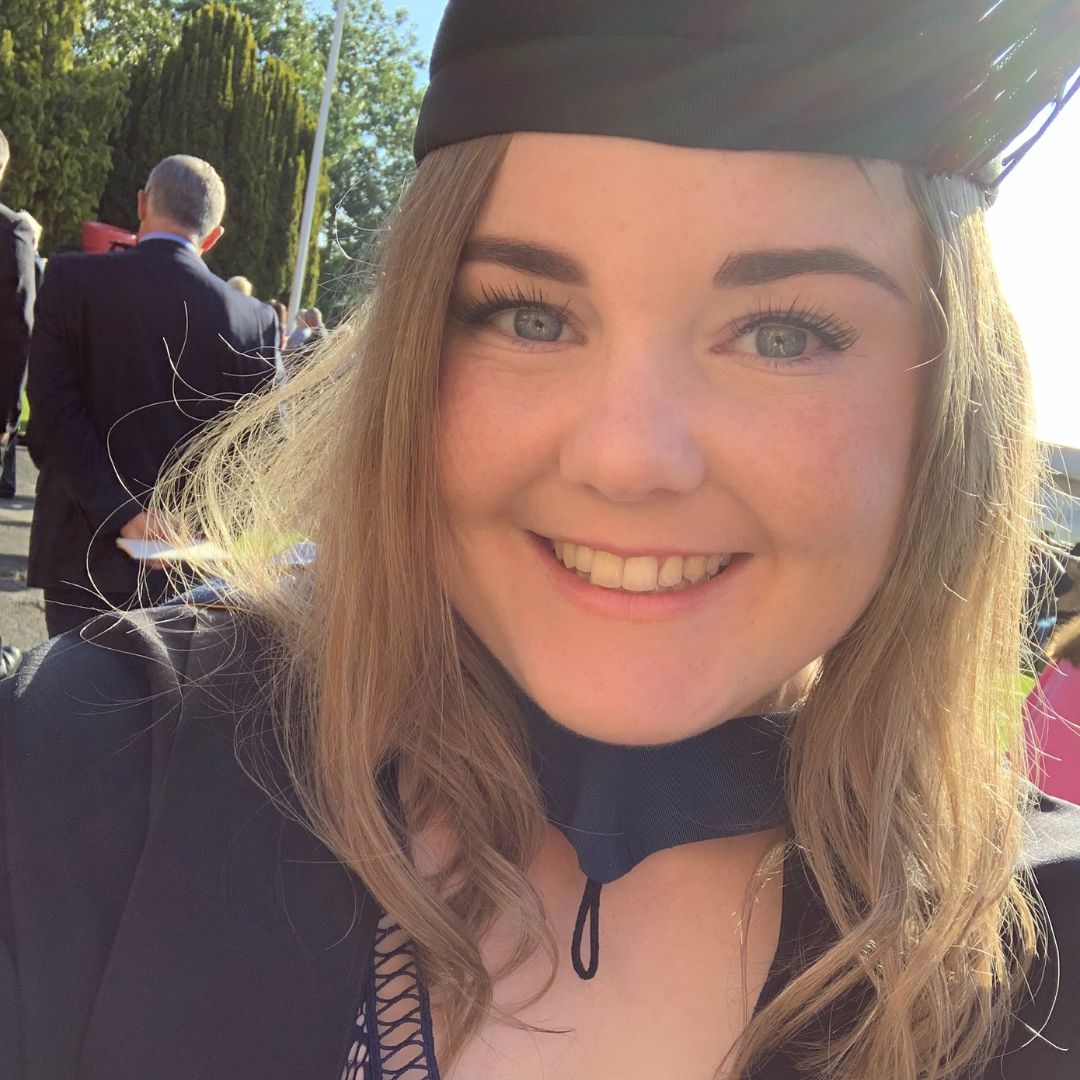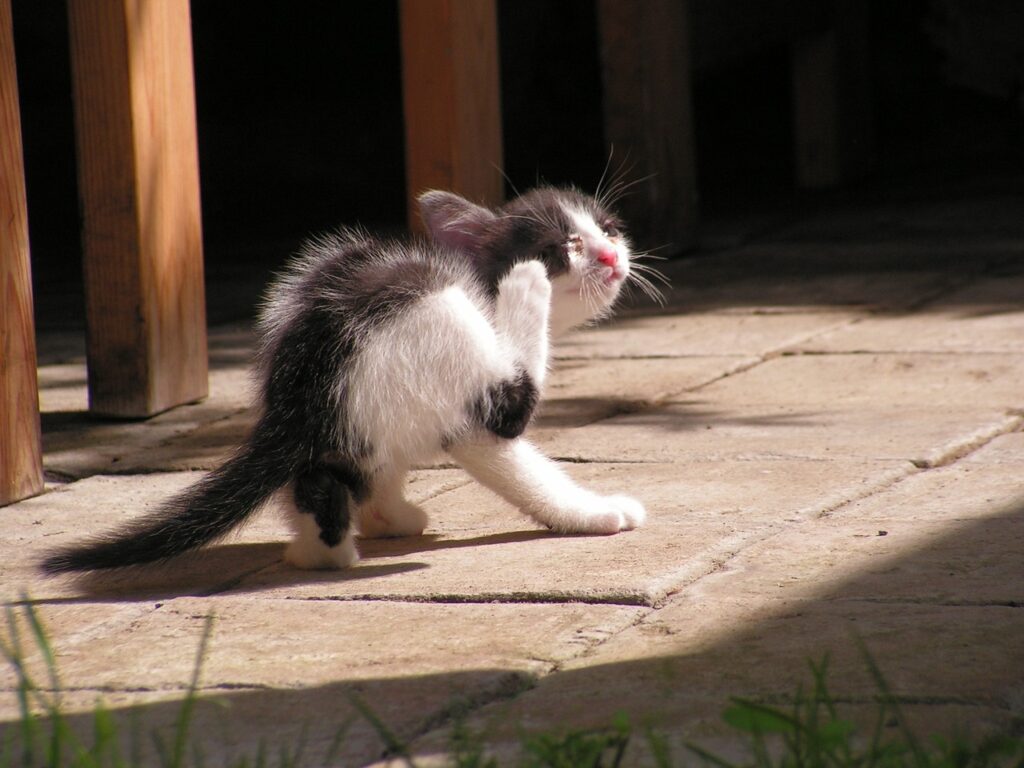When deciding whether to trust information on the internet, you can look at the letters after a vet’s name to see what education they’ve had.
When reading information on the internet, it’s important that it comes from a trusted source. All our e-learning courses are written and checked by qualified vets, so you know you can trust Petlearnia.
But when you’re looking at information elsewhere, how can you tell whether you can trust the information? The letters after a vet’s name (called ‘postnominals’) give a lot of information about that vet’s qualifications. Here’s a breakdown to explain the different veterinarian credentials you might spot when researching your pet’s health online.
University and Degree
All vets will have at least two sets of letters after their name. The first set varies depending on which university (vet school) the individual attended. In the UK, the universities award the following letters after successful completion of the degree course:
- VetMB – Bachelor of Arts, Bachelor of Veterinary Medicine (awarded by Cambridge University)
- BVetMed – Bachelor of Veterinary Medicine (awarded by the Royal Veterinary College)
- BVM BVS BVMedSci – Bachelor of Veterinary Medicine, Bachelor of Veterinary Surgery, Bachelor of Veterinary Medical Sciences (awarded by Nottingham University)
- BVM&S or BVMS – Bachelor of Veterinary Medicine and Surgery (awarded by Edinburgh and Glasgow universities)
- BVMSci – Bachelor of Veterinary Medicine and Science (awarded by Surrey University)
- BVSc – Bachelor of Veterinary Science (awarded by Bristol or Liverpool University)
Despite the differences in these letters after the vet’s name, they all indicate that the vet has successfully completed their studies at vet school, which takes at least five years in the UK.
MRCVS (UK)
Another set of letters that all UK-practising vets will have after their name is MRCVS, which stands for Member of the Royal College of Veterinary Surgeons. This title is legally protected, meaning that only registered vets can practice veterinary surgery in the UK. To become an MRCVS, vets must have a degree from an approved university or pass an exam demonstrating equivalent knowledge. They also have to swear in to the RCVS and complete ongoing Continuing Professional Development (CPD) requirements.
Some vets may instead have FRCVS instead of MRCVS, denoting them as a Fellow of the Royal College of Veterinary Surgeons, a prestigious recognition for exceptional contributions to the profession.
DVM (US and Other Countries)
In the United States, vets typically have DVM (Doctor of Veterinary Medicine) or VMD (Veterinary Medical Doctor, awarded by the University of Pennsylvania) as the letters after their name. These qualifications are equivalent to MRCVS, with DVM indicating practice in the US.
Other countries may have different vet credentials and postnominals, but DVM is a common one.
Postgraduate Qualifications
Some vets pursue additional certificates in specific areas of interest, adding more letters after their name, and this is where things can get really confusing. Common examples include:
- CertAVP (Certificate in Advanced Veterinary Practice)
- PgC or PGCert (Postgraduate Certificate)
- GPCert (General Practitioner Certificate)
- GPAdvCert (Advanced General Practitioner Certificate)
These qualifications indicate that a vet has undergone further training and study beyond their initial degree. Vets with these certificates may also apply to become ‘Advanced Practitioners’.
Each of these vet credentials is usually followed by brackets, which then indicate the subject the vet has gained their extra knowledge in. Take a look at the breakdown of one of our vet contributors below:

Board-Certified Vets and Diplomats
Specialist vets undergo extensive training, earning diplomas and becoming board-certified. The letters after their name might include:
- DipECVIM (Diplomat of the European College of Veterinary Internal Medicine)
- DipACVIM (Diplomat of the American College of Veterinary Internal Medicine)
These indicate that the vet is a specialist in their field, having completed rigorous training and re-certification processes.
PhD or MSc
Some vets may also hold additional academic degrees such as a PhD or MSc. These letters after the vet’s name reflect advanced study, possibly in a veterinary subject or another area, such as business administration (MBA).
The Doctor (Dr) Title
In the UK, the title Dr is optional for veterinary surgeons. Since 2015, vets have been allowed to use this title as a courtesy, even without a PhD, bringing the UK in line with other countries. While most vets use the title Dr, not all do – so look at the letters after the vet’s name to see how qualified they are.
What about Veterinary Nurses?
Veterinary nurses are highly qualified in their own right. They are not student vets, and the vast majority of them have no interest in becoming a vet. Vet nurses have extensive skills and experience of animal handling and sometimes know more than vets when it comes to particular areas of pet care, especially animal handling and practical skills. For that reason, very occasionally you might see Petlearnia content produced by veterinary nurses. For example, our article on how to give a cat a pill was written by a veterinary nurse.
The letters after their name are usually RVN (Registered Veterinary Nurse) indicating the nurse has not only qualified, but is registered with the Royal College of Veterinary Surgeons. This is important as it means their qualifications meet a certain standard and, like vets, they have professional guidelines to follow and have to meet their CPD requirements.

Meet Beth!
Beth Lee RVN is one of our wonderful contributors at Petlearnia. Beth is a veterinary nurse.
Summary
The letters after a vet’s name provide valuable insight into their qualifications and areas of expertise. While every practising vet in the UK will have MRCVS after their name, additional letters can indicate further qualifications and specialisations.
At Petlearnia, we want to be the most trusted place to get information. For that reason, we always use qualified vets to write our pet health content.
- Why Do Dogs Sleep So Much? A Vet Explains What’s Normal (and What’s Not) - March 27, 2025
- 10 Signs Your Dog Needs Probiotics – Vet Explains When to Supplement - March 14, 2025
- The dog gut microbiome explained (by a vet) - March 10, 2025



